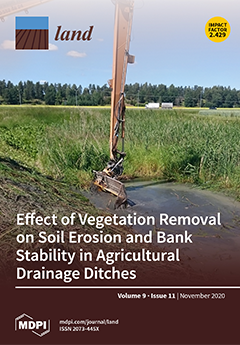Resource information
The relation between urban land regulation and migrants’ access to decent housing is a fascinating topic in developing countries. Land-use conflicts emerge when entrepreneurial pursuits (for example, the exchange value of land) affect the fortunes of low-wage migrant workers using the destination city to settle down (through the use value of land). Land-use disputes and housing opportunity inequality (between the “land scarcity with migrant explosion” areas and the “land-abundant but migration-inactive” areas) is apparent across different kinds of cities. This article reviews the relationship between China’s urban land supply and regulation system and the migrant housing-condition problem. Our spatial analysis attests to the areal variance of migrant housing conditions (overcrowding and shortages of basic amenities such as toilet and kitchen facilities) across 301 Chinese cities. The analysis results explain the relationship between the inferior housing conditions in the coastal metropolises and the strict management of land uses in China’s first-tier cities. Using micro household data from the national 1% population sampling survey (National Bureau of Statistics of China, 2015), this research provides a vivid case study at a large national scale to compare migrant housing amenity across different cities. This empirical study can advance understanding of the land-use disputes (exchange value vs. use value of urban land), which are an important structural root of housing inequality among different kinds of host cities (not merely among migrant workers themselves or across neighborhood scales). This macro-level variance of land demand, supply, and the regulation system proves the key challenge to achieving social harmony. Beyond a top-down land and housing system in China today, some more bottom-up and participatory migrant housing supply means (such as informal housing schemes such as “urban villages”) could be another way to address the above housing challenge. In this sense, we have mapped the migrants’ housing conditions in the Chinese top-down and marketization context, which can be contrasted with the informal and participatory housing supply in some other country contexts.


